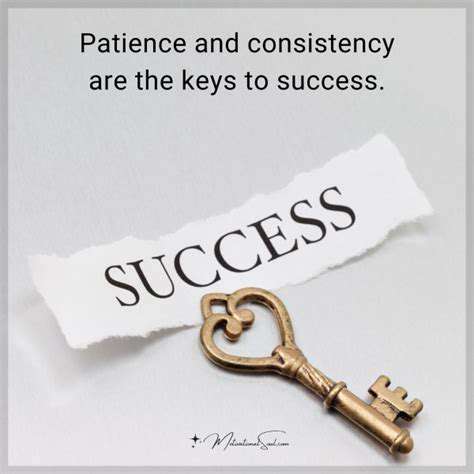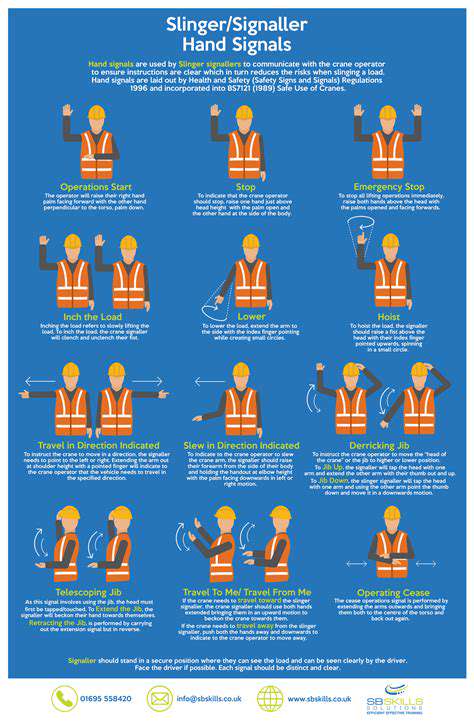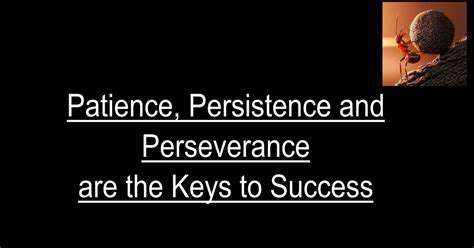Mastering the "Stay" Command in Different Environments
Before expecting reliable stays in challenging situations, we need to establish core obedience skills. A dog that consistently responds to basic commands like sit and down will naturally progress better with stay training. This foundation creates clear communication between handler and dog.
Begin in a distraction-free zone, rewarding brief moments of stillness before slowly increasing duration. Keep sessions short (5-10 minutes) but frequent - this maintains engagement better than marathon training sessions. Remember to celebrate small victories along the way.
Progressive Desensitization to Distractions
The secret to distraction-proof stays lies in gradual exposure. Start with barely noticeable stimuli - perhaps a quiet radio or distant footstep sounds. Only when your dog succeeds at one level should you introduce slightly more challenging distractions. This methodical approach prevents overwhelm while building confidence.
For example, begin with a stationary object across the room. Later, introduce slow movement. Eventually work up to people walking nearby or mild noises. Each successful step reinforces their ability to maintain focus despite environmental changes.
Using Positive Reinforcement Effectively
Reward timing makes all the difference in dog training. The instant your dog demonstrates the desired behavior - even for a second - mark and reward it. This precise reinforcement creates crystal-clear communication about what earns rewards.
Experiment to discover what motivates your individual dog. While treats work for many, some respond better to toys or praise. The key is consistency - always reward the behavior you want to see more of.
Managing Your Body Language and Tone
Dogs read our energy more than our words. Sudden movements or tense posture can undermine stay training. Practice calm, confident body language - relaxed shoulders, smooth movements, and measured breathing. This energy helps your dog remain settled.
Voice tone matters equally. Use a calm, even tone for commands. Avoid the common mistake of repeating commands louder when ignored - this teaches dogs they don't need to respond immediately.
Addressing Common Mistakes and Troubleshooting
Two frequent errors undermine stay training: inconsistent rewards and progressing too quickly. If your dog struggles, return to an easier version of the exercise and rebuild gradually. Watch for subtle signs of stress like lip-licking or yawning - these indicate the need to adjust your approach.
When problems persist, analyze potential causes. Is the environment too stimulating? Are rewards insufficiently motivating? Sometimes simply changing locations or using higher-value treats solves the issue.
Adapting the Training to Different Environments
True mastery means generalizing the behavior across locations. Expect to retrain the stay command in each new environment - dogs don't automatically transfer learning between contexts. Begin with low-distraction outdoor areas before progressing to busier locations.
Tailor your approach to each setting's unique challenges. A backyard might require focus despite bird sounds, while a park demands ignoring other dogs. This environmental adaptability creates truly reliable stays.
Mastering the Stay in Different Environments: The Outdoor Challenge
Understanding the Fundamentals of the Stay Command
The stay command represents more than simple obedience - it's a test of your dog's impulse control and trust in your leadership. Successful outdoor stays require understanding your dog's individual thresholds and working within them. This foundational skill strengthens your entire training relationship.
The Importance of Positive Reinforcement
Modern training emphasizes rewards over punishment for good reason. Dogs learn faster and retain behaviors longer when training feels like a game rather than a chore. The happiest, most obedient dogs are those who view training as quality time with their favorite person.
Controlling Distractions in a Home Environment
Your living room makes the perfect training laboratory. Start with basic stays near their bed, then gradually increase difficulty by:- Adding mild distractions like dropping a pillow nearby- Increasing duration in tiny increments- Stepping slightly further away
This controlled environment lets you perfect timing and reinforcement before facing outdoor challenges.
Transitioning to Outdoor Environments
Moving outdoors requires resetting expectations. Even stellar indoor performers may struggle initially outside. Begin in quiet areas at low-traffic times, treating it as brand-new training. A fenced yard offers ideal transitional space before attempting unfenced areas.
Handling Different Types of Distractions
Outdoor distractions fall into categories requiring different approaches:- Moving objects (cars, bikes): Use distance as your ally - start far away and gradually decrease- Animals: Employ particularly high-value rewards to compete with natural prey drive- People: Practice during off-hours before attempting busy times
Addressing Potential Challenges
When outdoor stays falter, troubleshoot systematically:1. Increase reward value2. Decrease distance/duration expectations3. Reduce distraction intensity4. Rebuild gradually
Persistent issues may indicate the need for professional guidance to identify underlying causes.
Maintaining Consistency and Patience
Consistency doesn't mean perfection - it means persistent, patient practice. Some dogs master outdoor stays in weeks; others need months. Celebrate progress rather than demanding immediate perfection. The journey strengthens your bond regardless of pace.
Advanced Techniques: Adding Complexity

Optimizing for Speed
Performance optimization begins with smart caching strategies. Strategic data caching reduces redundant processing while maintaining accuracy. Modern solutions like Redis offer lightning-fast access to frequently used information, preventing unnecessary database queries.
Asynchronous operations represent another performance booster. By handling non-critical tasks in parallel, systems maintain responsiveness during peak loads. This approach particularly benefits applications with unpredictable traffic patterns.
Advanced Query Optimization
Database performance hinges on thoughtful indexing. Well-designed indexes can transform sluggish queries into instantaneous results. The art lies in creating comprehensive yet efficient indexes that cover common access patterns without excessive overhead.
Stored procedures offer additional optimization opportunities. These pre-compiled query blocks reduce parsing overhead while centralizing business logic. Views similarly streamline complex queries behind simple interfaces.
Implementing Robust Error Handling
Comprehensive error management separates amateur from professional systems. Detailed logging should capture not just errors but the contextual data needed to reproduce issues. This forensic approach minimizes debugging time while improving overall system reliability.
Data Validation and Sanitization
Security begins with input control. Layered validation combining whitelist approaches with sanitization provides defense-in-depth against injection attacks. Modern frameworks often include built-in protections, but conscious implementation remains crucial.
Scalability and Load Balancing
Modern architectures must accommodate unpredictable growth. Cloud-native designs leveraging auto-scaling groups can seamlessly handle traffic spikes without manual intervention. This elasticity ensures consistent performance regardless of demand fluctuations.
Security Considerations
Comprehensive security extends beyond basic precautions. Regular penetration testing uncovers vulnerabilities before malicious actors exploit them. Implementing principle of least privilege across all system components minimizes potential damage from breaches.
Advanced Database Techniques
Thoughtful schema design impacts long-term maintainability. Proper normalization balances storage efficiency with query performance. Transaction management ensures data integrity during complex operations, while appropriate data types prevent subtle data quality issues.











